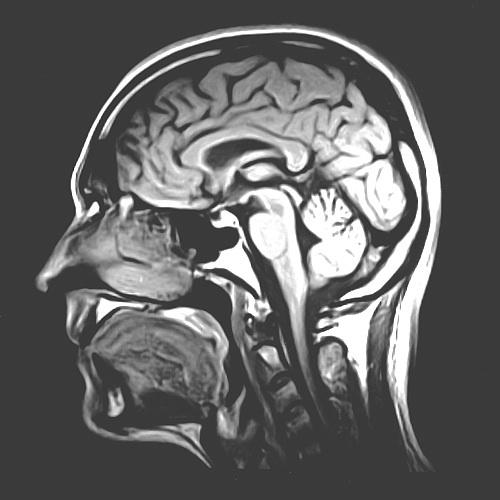Who Will Pay for Obama's Ambitious Brain Project?

The initial funding for a major new brain research initiative will come largely from the National Institutes of Health and the Defense Advanced Research Projects Agency (DARPA), with contributions from the National Science Foundation and private foundations, officials said today (April 2).
After President Obama announced the launch of the BRAIN Initiative this morning, the directors of the National Institutes of Health (NIH) and DARPA took public questions via the Internet about specific plans for the project and who will pay. The agencies expect about $100 million in 2014 to start the initiative.
BRAIN stands for Brain Research through Advancing Innovative Neurotechnologies. In it's planning stages, the project was called the Brain Activity Map, because the goal is to understand how neural networks function. Currently, researchers can detect the activities of single brain cells; they can also measure brain activity on the macro level using technology such as functional magnetic resonance imaging. But the middle level — the actions of hundreds and thousands of neurons working together in circuits — remains largely mysterious.
"This initiative is an idea whose time has come," NIH director Francis Collins said in the White House Q&A session. He called the human brain the "greatest scientific frontier you could think of." [Gallery: Slicing Through the Brain]
Funding the brain map
President Obama announced this morning that the Fiscal Year 2014 budget would include about $100 million in seed funding for the BRAIN Initiative. Collins broke those numbers down: The NIH will provide about $40 million, much of that from the Neuroscience Blueprint, an NIH collaboration with a rolling investment fund for nervous system research. Some NIH discretionary funds will also go toward the project, Collins said.
The National Science Foundation will provide about $20 million in funding, Collins said, and DARPA will contribute about $50 million. Private foundations, including the Howard Hughes Medical Institute, the Salk Institute for Biological Studies and the Kavli Institute, will also provide funds.
DARPA's interest in the project stems largely from concerns about "wounded warriors," said director Arati Prabhakar. The agency hopes the BRAIN Initiative will provide answers about how to treat post-traumatic stress disorder, brain injuries and other neurological problems for injured soldiers. The project may also inspire new computing processes as scientists learn how the brain works and use that as inspiration for artificial circuits, Prabhakar said.
Bumps ahead?
Federal funding for research has been flat in recent years, and the federal budget sequester has further squeezed agencies such as the NIH and NSF with 9 percent cuts across the board. The BRAIN Initiative is projected to last more than a decade, with no guarantee the fiscal situation will bounce back. Some neuroscience researchers, including Donald Stein of the Emory School of Medicine, have argued that funding is a "zero-fund game" and that the BRAIN Initiative will take resources from other worthy brain research causes.
Collins acknowledged the budget challenge.
"One might well ask, 'Is this the wrong time to be starting something new and innovative?'" he said.
But with the technology needed to measure large neural networks just coming into its own, delaying would be counterproductive, Collins argued.
"If you could see the opportunity for the next big advance … it would be very hard to say we're going to hunker down for awhile and wait until the budget gets better," he said.
Follow Stephanie Pappas on Twitter and Google+. Follow us @livescience, Facebook & Google+. Original article on LiveScience.com.
Copyright 2013 LiveScience, a TechMediaNetwork company. All rights reserved. This material may not be published, broadcast, rewritten or redistributed.

